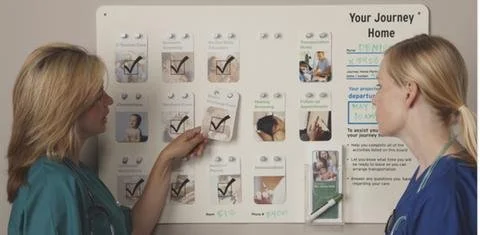CREATOVATION
"Prototyping is the conversation you have with your ideas. It allows you to bring your ideas to life quickly and test them early to see if they're on the right track. Through testing, you learn what works and what doesn’t, enabling you to refine and improve your solutions."
— Tim Brown, CEO of IDEO
The prototyping and testing phase in design thinking involves creating tangible representations of ideas to explore potential solutions and gather user feedback. Designers produce low-fidelity prototypes—such as sketches or models—that are tested with real users to observe interactions and gather insights. This iterative process emphasises learning from feedback, which informs further refinements and adaptations of the design. By embracing this cycle of testing and iteration, designers can align their solutions more closely with user needs, ensuring that outcomes are effective and user-centered.
This phase is crucial for validating ideas and enhancing the overall impact of the final solution.
Prototyping & Testing Stage:
Develop Minimal Viable Experiences (MVE): Create simplified versions of services or programmes that focus on key features, allowing users to interact with the core elements. This approach helps validate assumptions and gather initial feedback without overwhelming complexity.
Gather Continuous User Feedback: Engage users regularly to collect their thoughts and feelings about the experience. This feedback loop is vital for identifying strengths and weaknesses, enabling iterative improvements based on real user insights.
Conduct Iterative Testing Sessions: Organise multiple testing sessions with different user groups to refine the experience. Each iteration should build on previous insights, allowing for gradual enhancement of the service or programme based on user interactions.
Utilise Experience Prototypes: Instead of focusing solely on finished products, create mock-ups of user experiences or service interactions. This can involve role-playing scenarios or digital simulations to test how users engage with the proposed service/experience flow.
Analyse User Experience Metrics: Collect and analyse quantitative and qualitative data during testing to understand user satisfaction, engagement levels, and areas for improvement. This can involve interviews, surveys, observation notes, and user journey mapping to visualise the overall experience.
Recommended Reading List:
Reading Materials
Empathy Stage
Design Thinking
Recommended Watch List
Recommended Listen List
Empathy Map
Interview Framework
Stakeholder Map
Customer Journey Map


